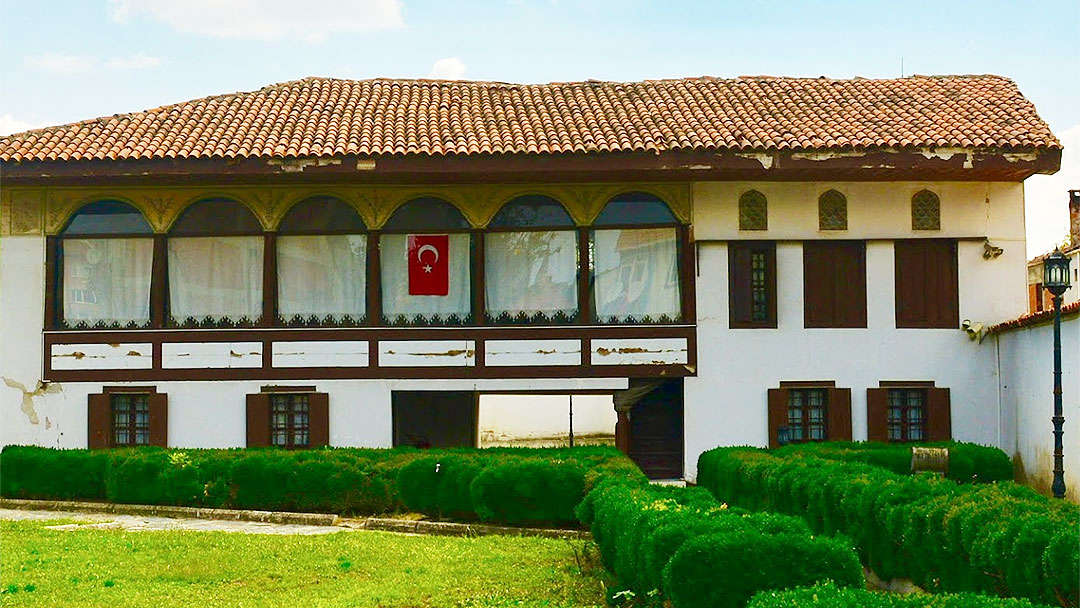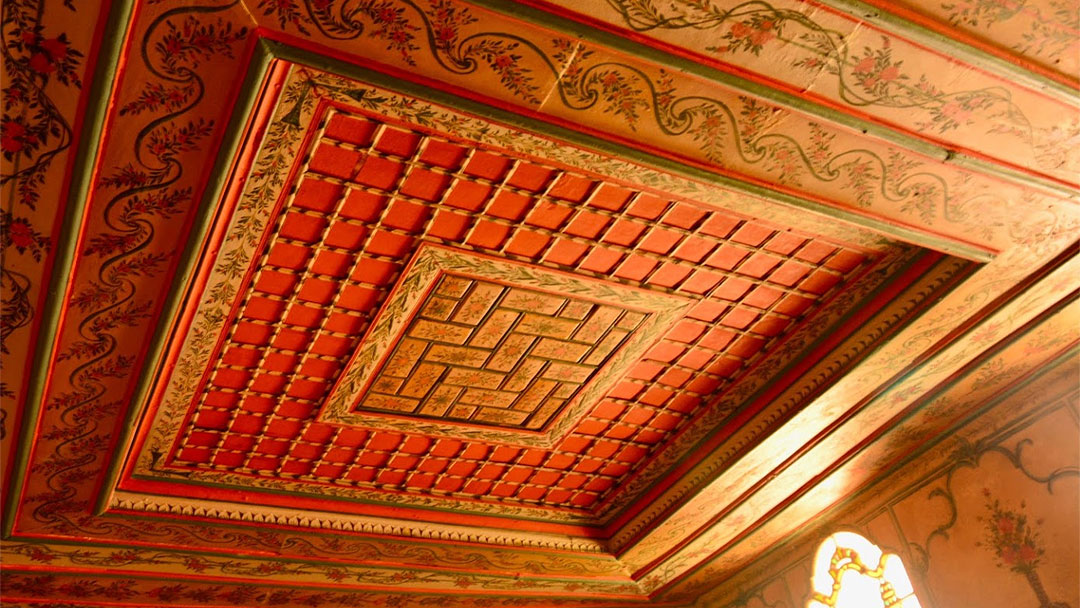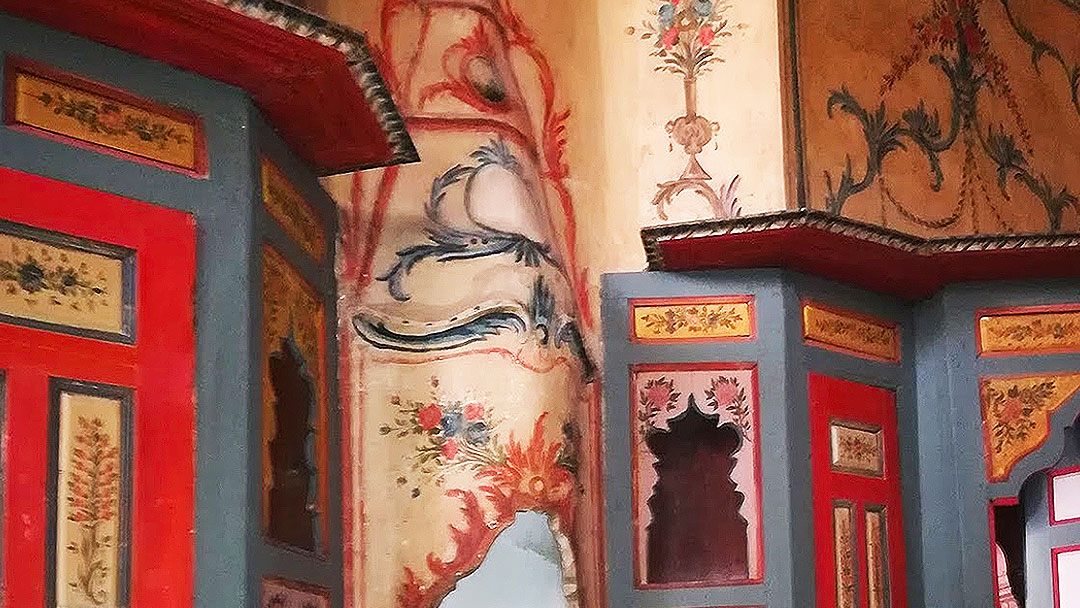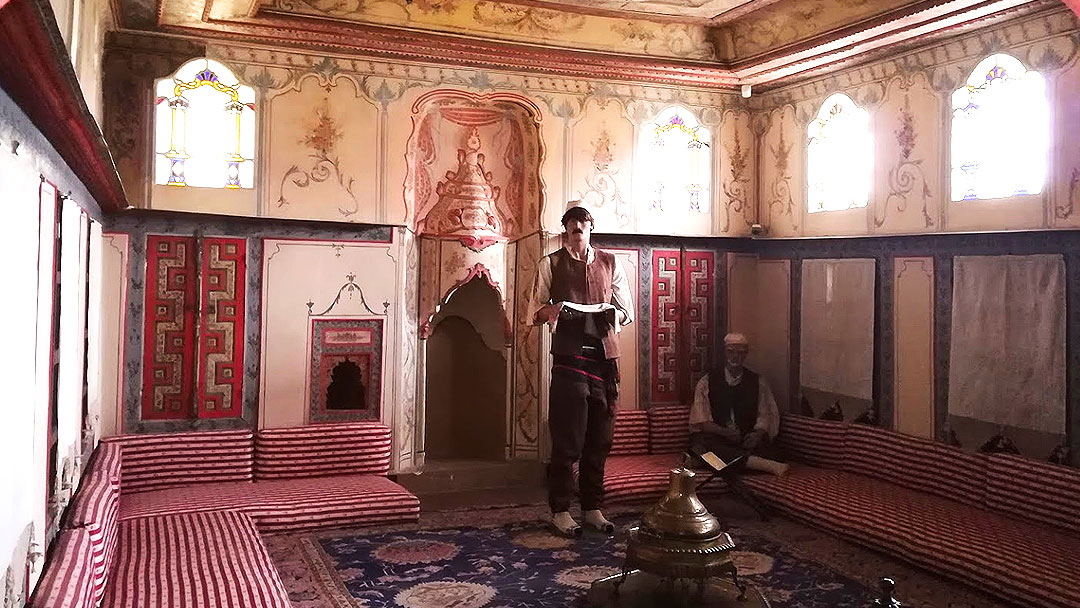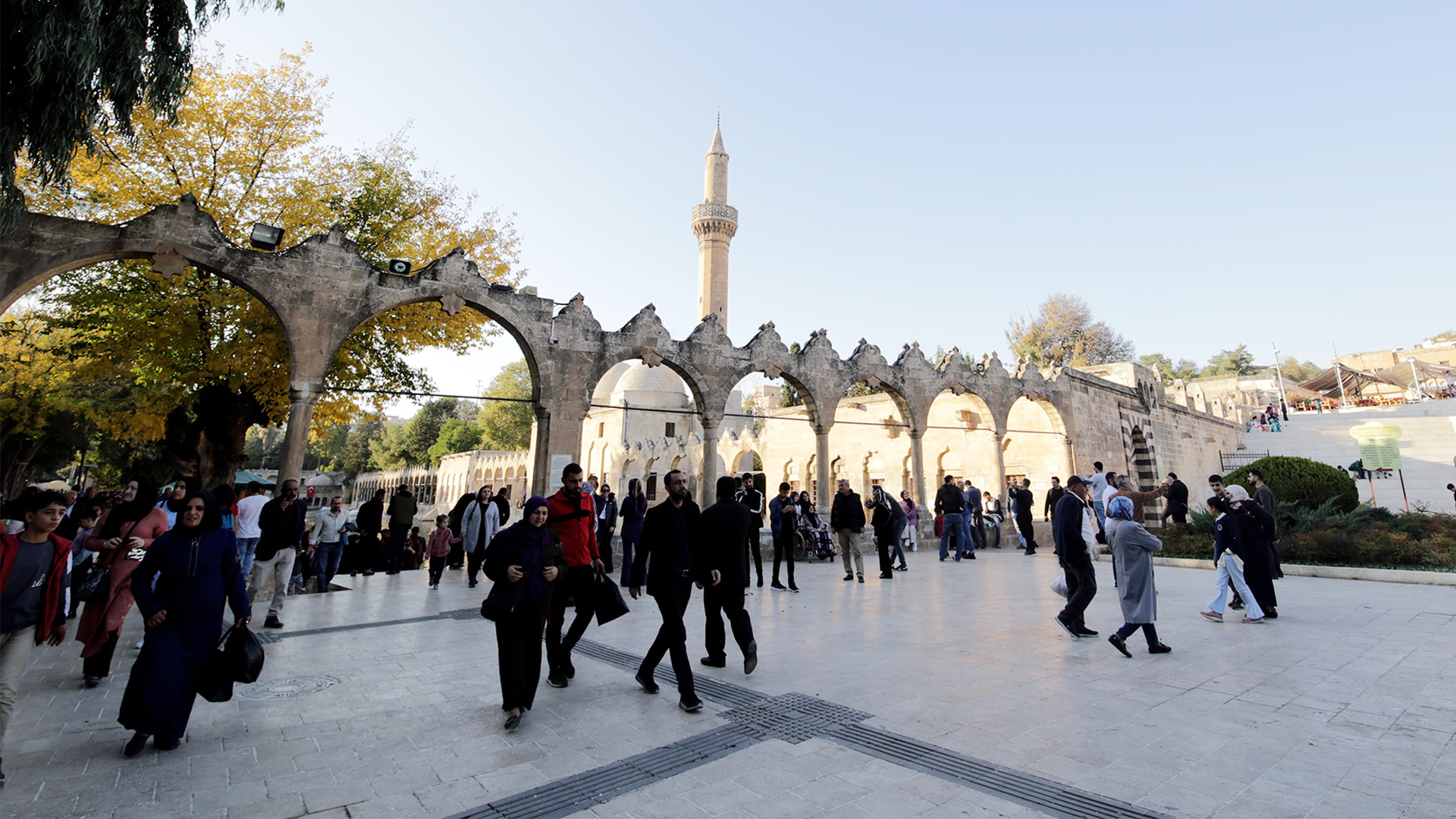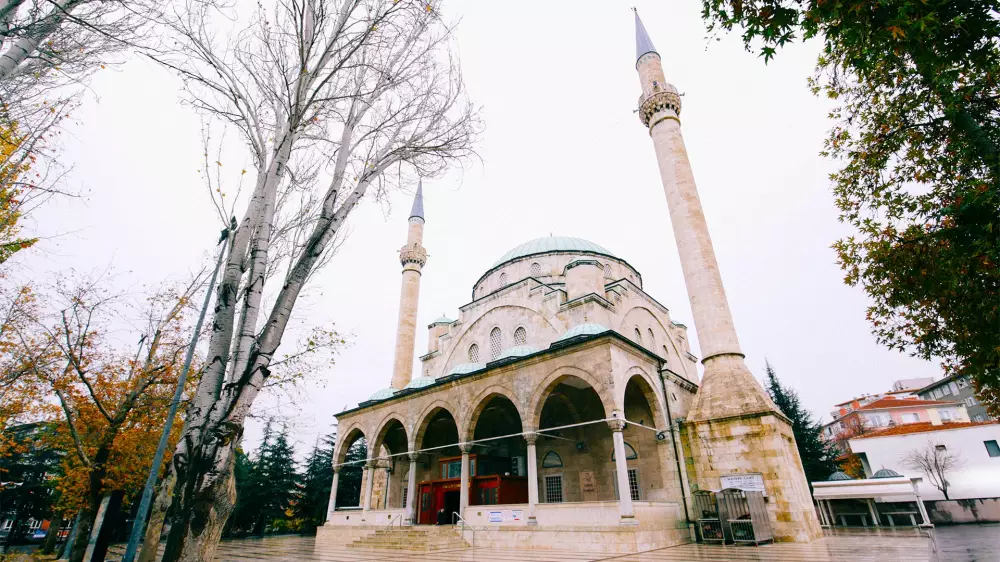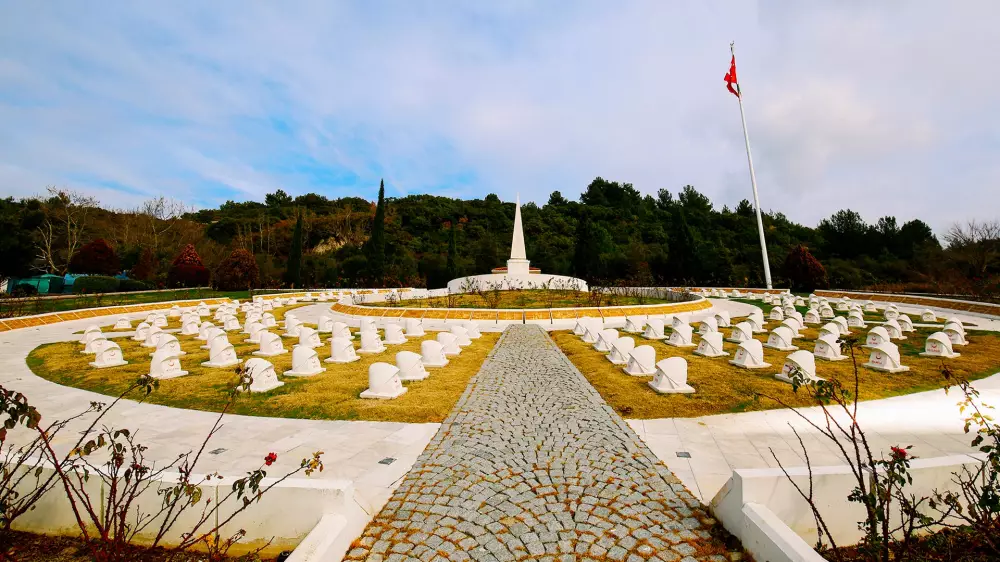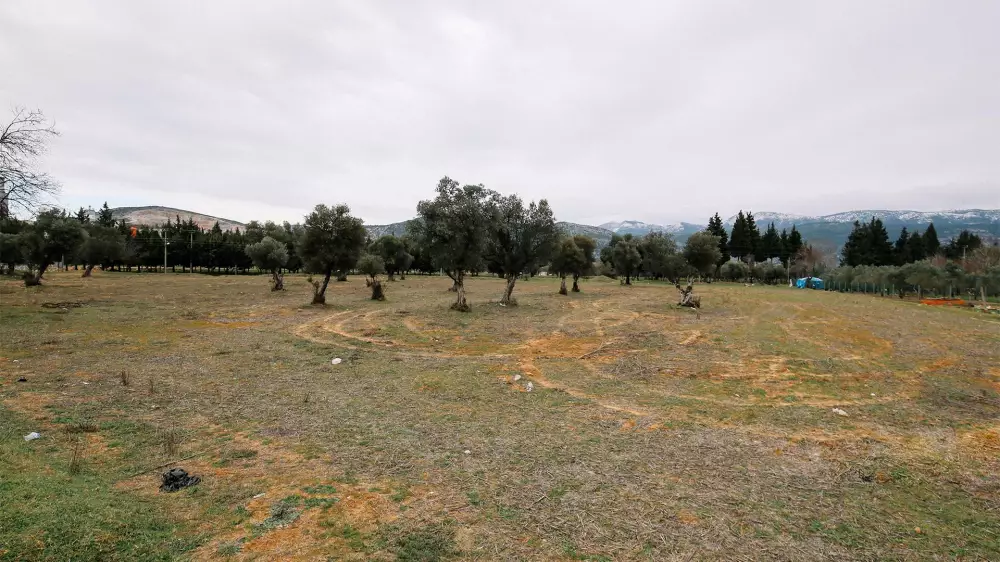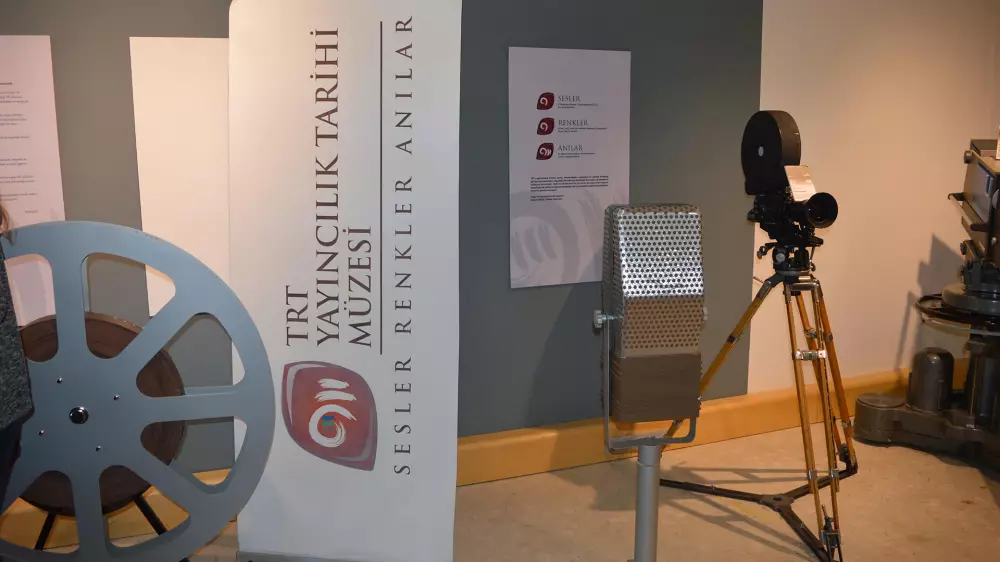
Yenisehir Şemaki House Museum
24.09.2024 13:49
Yenisar Şemaki House Museum, located in Bursa, is built by Şemakizade family. This family settled in Bursa from the town named Semah in Iran. The pencil-work decorations in the structure are eye-catching. These decorations date back to the 19th century. The family of Şemakizade, a family of Turkestan Origin, uses this place for a long time, but after a point it is seriously worn out. The property rights of this place are taken by the Ministry of Education in 1945.
Because of its traditional structure, the building being valuable was converted into a museum in 1991. The original texture of the house is preserved in the repair work carried out while being converted into a museum. In this sense, the museum also has an ethnographic quality. The upper part of the historic building, which has two floors in total, has a rather large room. The walls here are plastered with Khorasan. At the same time, figures such as Sarayburnu and Maiden's Tower are noteworthy in the closet covers.
Both floors have wooden floorboards. The second floor also draws attention to a special area called a ‘Sergah Pavilion’. In this area, the young girls of the house and the girls next door chat or work handcrafted. One of the most interesting features of this house is that no nails are used in its construction. In the ground section of the house, you will be welcomed by two winter rooms, apart from the pantry, kitchen and gizzard. You can use the wooden stairs located in the kitchen to get to the upper floor.
The bath, which is transferred to the garden part of the museum, cannot reach the present day. In the section facing this garden section, arched structures in portico form open outwards. The Museum of Yenisar Şemaki House can be visited every day except Monday. The museum is open between 08:00 and 17:00 and is approximately 55 kilometers away from Bursa city center.
Gallery
